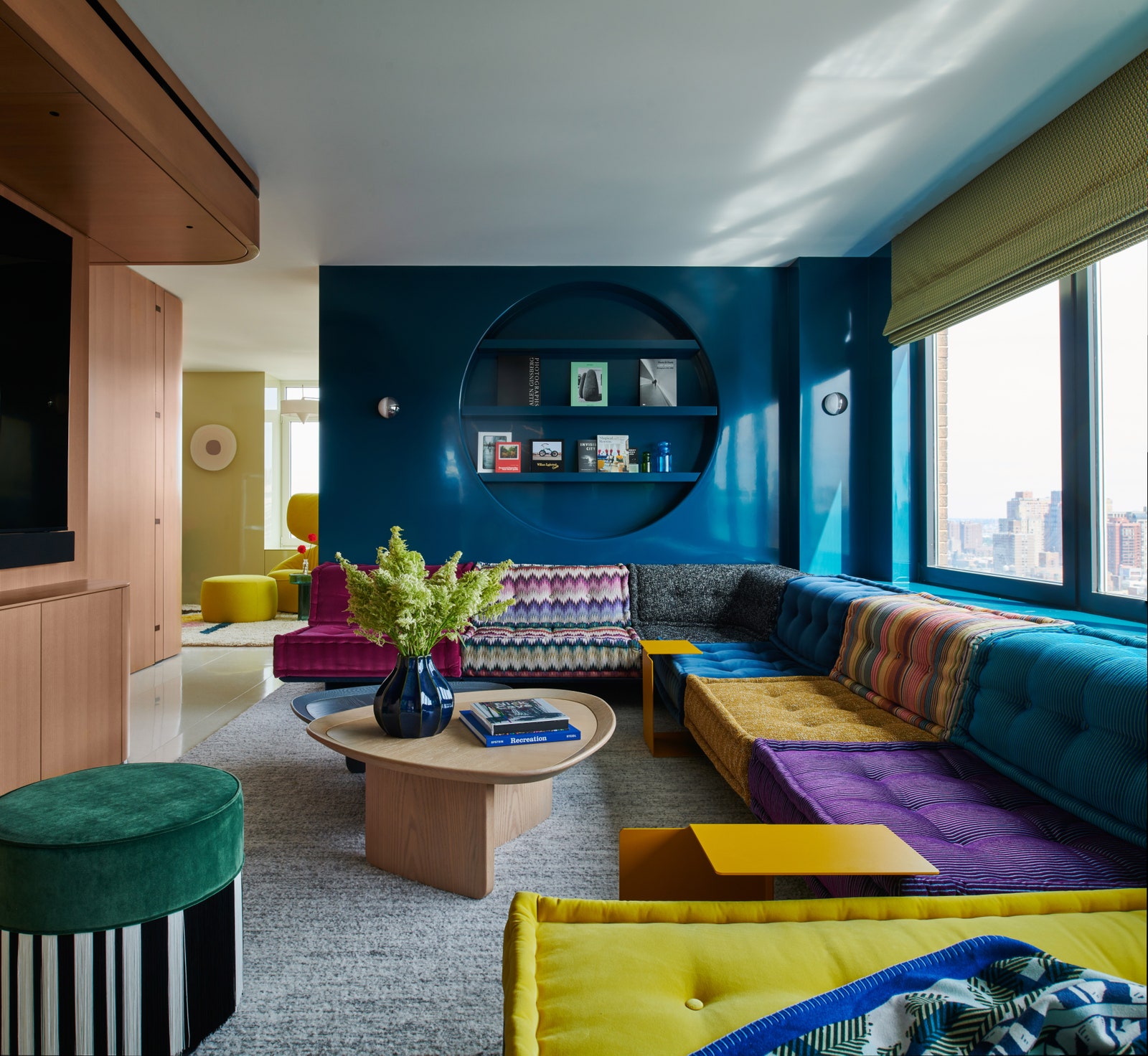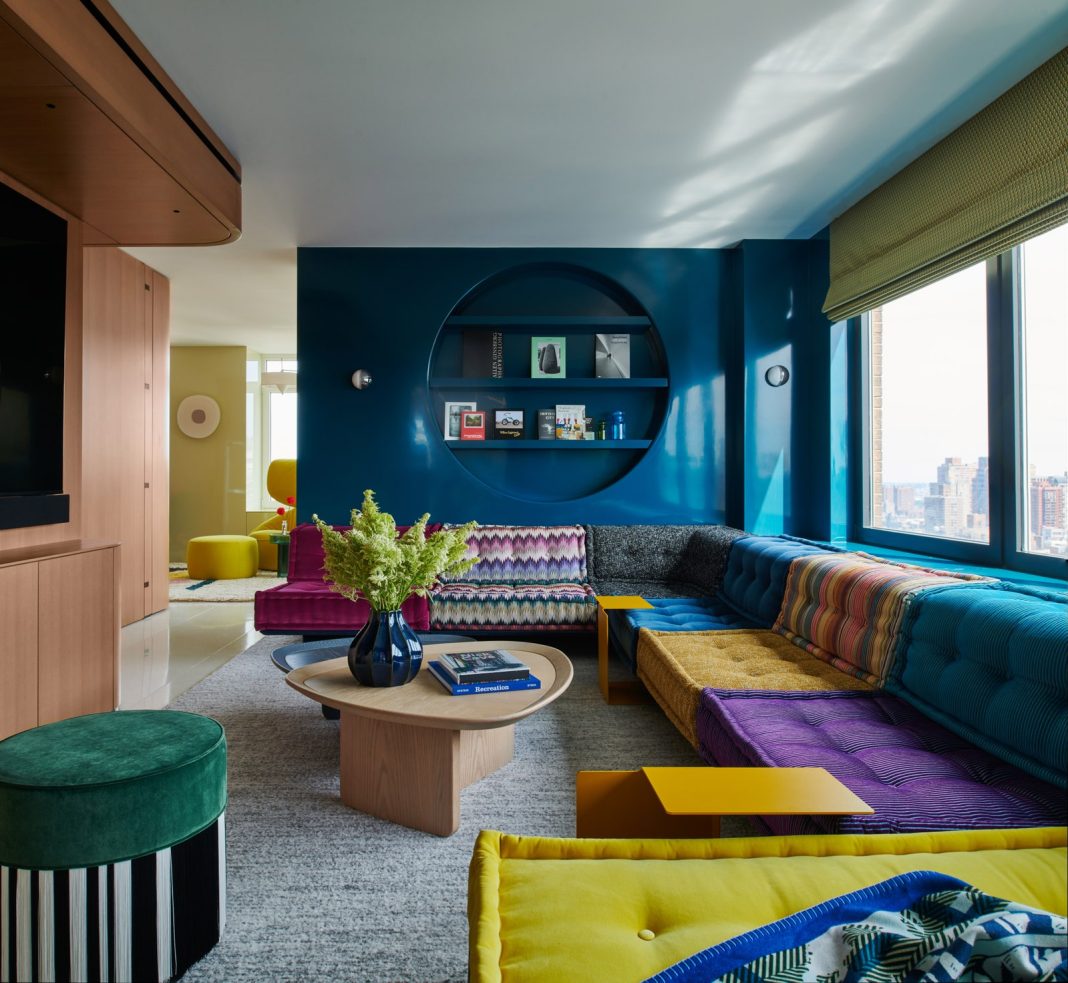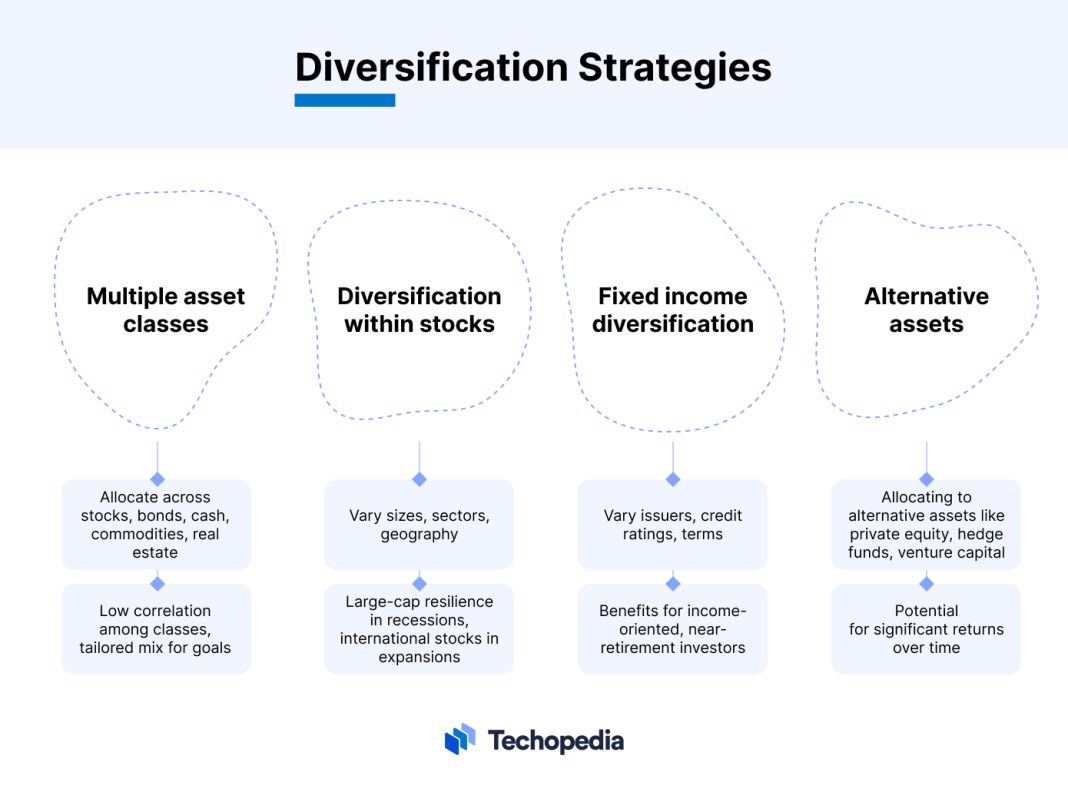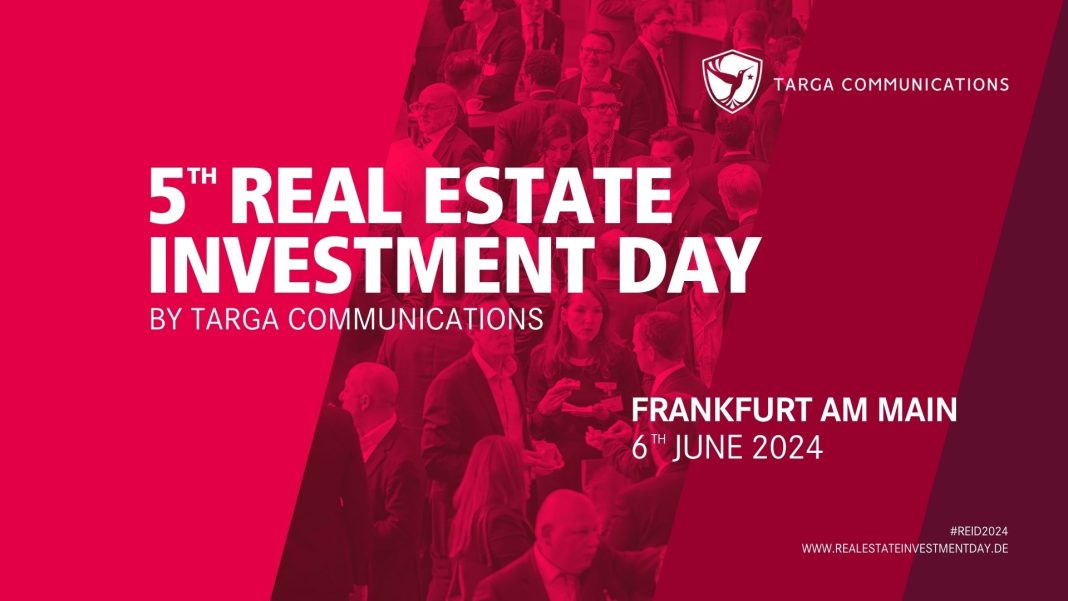 The impact of the influx of illegal migrants in New York City has been a cause for concern among workers and residents in heavily sheltered zip codes. Maria Katirtzoglou, who works in Long Island City, expressed her worries about overpopulation and safety in the area. She mentioned that residents who own property feel uneasy about the situation. She also highlighted the rise in crimes such as robberies and assaults in the 114th Precinct, which covers the shelter-saturated neighborhood. Data showed a 12.3% increase in major crimes during the first half of the year compared to the same period in 2022.
The impact of the influx of illegal migrants in New York City has been a cause for concern among workers and residents in heavily sheltered zip codes. Maria Katirtzoglou, who works in Long Island City, expressed her worries about overpopulation and safety in the area. She mentioned that residents who own property feel uneasy about the situation. She also highlighted the rise in crimes such as robberies and assaults in the 114th Precinct, which covers the shelter-saturated neighborhood. Data showed a 12.3% increase in major crimes during the first half of the year compared to the same period in 2022.
Complaints to the city’s 311 hotline in the 11101 zip code, where many migrant shelters are located, have surged since Texas Governor Greg Abbott began bussing illegal border crossers to New York. The number of complaints increased by 42% from the first six months of 2022. This surge in complaints reflects the concerns of residents who are witnessing the effects of the migrant influx firsthand.
Residents in various neighborhoods shared their experiences and frustrations. Shawarn Shields, a resident of Queensbridge Houses, mentioned that parents are afraid to take their children to local parks due to migrants racing electric scooters and engaging in inappropriate behavior. The Gleiber family, who run a wooden box-making company, considered relocating their business due to the disturbances caused by a nearby migrant shelter. They complained about rogue activities and the lack of professionalism it brings to their business.
The situation is not limited to specific neighborhoods. Witnesses reported seeing migrants speeding on mopeds and engaging in unruly behavior on 10th Street. In Jamaica, residents complained about disruptive activities near a migrant shelter, including public drinking and drug use. Craig Richardson, a videographer, was frustrated by the presence of migrants who littered the streets with trash and even used his backyard as a bathroom.
The negative impact on businesses was also evident. Angelica Cisneros, who works at a salad bar near a migrant shelter, mentioned that the new occupants, including paying customers, were causing disruptions. She complained about their smoking habits, messiness, and rudeness. The clashes between migrants and the police in Midtown further exacerbated the situation.
The placement of migrant shelters in different neighborhoods has raised concerns about equity and fairness. The Upper West Side has eight shelters, while the Upper East Side only has one. This discrepancy has led to frustration among residents who feel that their safety and quality of life are compromised. Councilwoman Gale Brewer acknowledged the complaints but believed that the Upper West Side was handling the situation well. However, residents insisted that the disparities should be addressed and that shelters should be distributed more evenly throughout the city.
Shawn Hill, co-founder of the Greater Harlem Coalition, expressed frustration with the city’s failure to equitably distribute shelters. He emphasized the need for fair distribution of civic infrastructure and cited the equitable distribution of schools and fire stations as examples. Councilman Keith Powers echoed this sentiment, stating that no single district should bear the burden of the migrant crisis.
Some council members representing neighborhoods with few or no shelters declined to comment, fearing that it would draw attention and lead to the opening of more shelters in their areas. However, Liz Garcia, a mayoral spokesperson, reassured residents that the administration is committed to siting shelters fairly. She emphasized the need to prioritize practical, efficient, and cost-effective locations given the emergency nature of the situation.
The concerns raised by workers and residents in heavily sheltered zip codes highlight the impact of the influx of illegal migrants on their quality of life and safety. The increase in crimes, disturbances in neighborhoods, and disparities in shelter placement have created a sense of unease among residents. The issue of fairness and equity in distributing migrant shelters throughout the city remains a point of contention.


